Modern Take on WWII Lapel Knife Made of Hybrid Metal
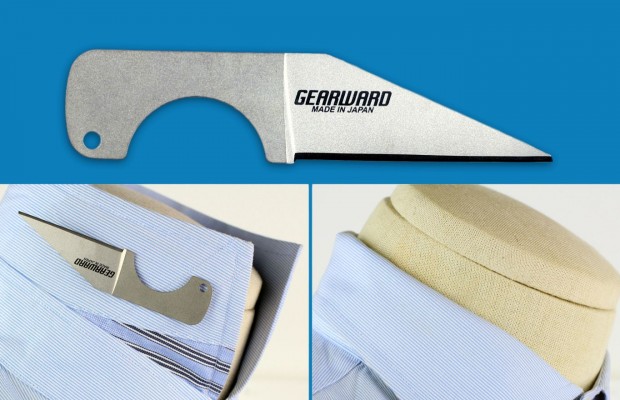
Gearward just released the HemiSERE lapel knife, a modern revamp of the tiny, concealable fixed blades used by Office of Strategic Services operatives in World War II. The HemiSERE features an unusual, disposable retention method and high-performance titanium and ceramic hybrid blade.
The original OSS Lapel Knife was designed as a last-ditch defensive tool that operatives could easily conceal in the lapels of their jackets. A sheath would be sewn into the fabric to keep the blade in place. “[These knives] were designed to be concealed in unexpected locations to resist discovery should the agent be frisked by the Gestapo,” explains Gearward Founder and HemiSERE designer Mark Greenman. “While they were quite small, the knives had to also be effective enough that should the agent need to, they could eliminate their captor and escape.”
Greenman took this idea and refined it for the modern world. Its single piece, wharncliffe blade and handle are made from a Japanese material called Hybrid Titanium. Seen occasionally under various trade names like Cera-Titan, this material is the end product of powdered titanium and ceramic being fired together in a kiln. “The result is a titanium knife with thousands of microscopic particles of ceramic embedded throughout the edge, which offers vastly superior cutting performance than that found in typical pure titanium blades,” Greenman explains. He says the knife outperforms steels hardened up to 63 Rockwell on the CATRA test. The tiny 1.87-inch chisel ground edge can be touched up on any ceramic hone.

The original OSS Lapel Knife weighed about 1.4 oz., which would be heavy hanging off a modern shirt collar or lapel. Greenman’s version weighs only a tenth of an ounce and is just .03 inches thick. “The ultra light, thin construction makes the knife much more concealable,” Greenman notes. Instead of a traditional sheath, the HemiSERE ships with a supply of common glue dots. This allow it to be stuck to the inside of a collar, lapel, or sleeve, but also to the back of a credit card, lid of an Altoids tin, or anywhere else where it can remain clandestine.
“I think people will be highly skeptical of carrying a knife like this – until they try it,” Greenman explains. “By removing the sheath, the overall bulk is greatly reduced, which minimizes the probability of the knife being felt in a frisk search – which was the entire purpose of the Lapel Knife.” Furthermore, Greenman tells us that without a sheath getting in the way the knife can removed quickly and easily compared to a sheath sewn into the fabric itself. “In essence, the HemiSERE plus Glue Dot retention method is all about maximizing concealability.”
Knife featured in image: Hemisphere Titanium Lapel Knife


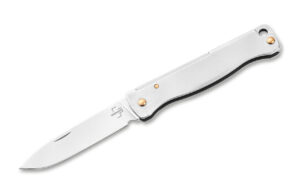
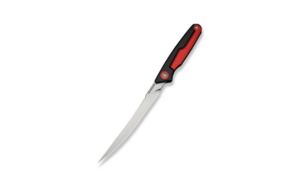
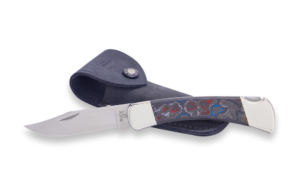






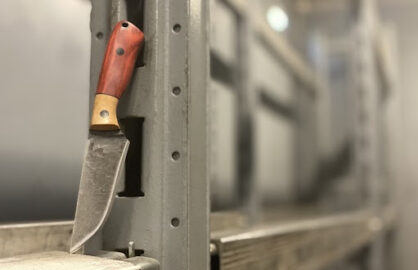

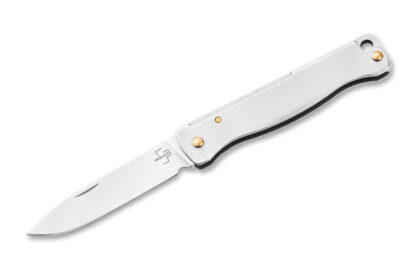
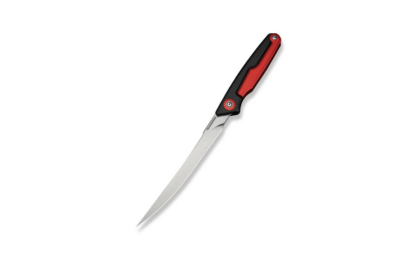

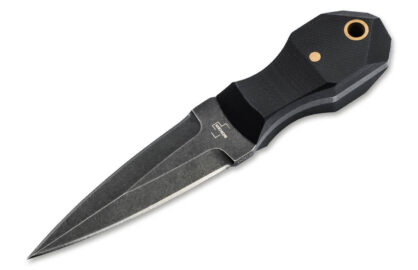



0 comments